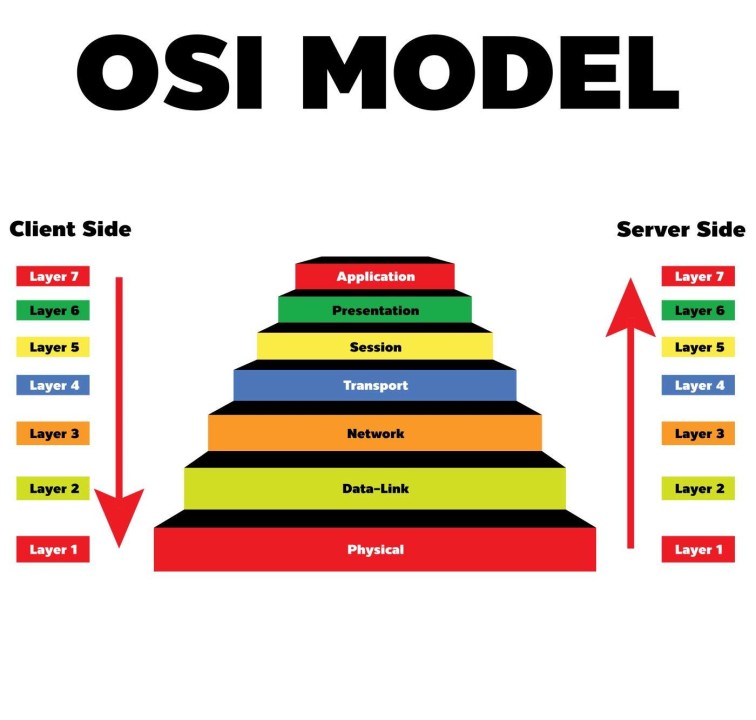In the digital age, data is a valuable asset that drives decision-making and strategy in businesses across industries. The process of extracting meaningful patterns and insights from large datasets is known as data mining. This practice relies on a variety of data mining tools and data mining techniques to uncover hidden trends, correlations, and anomalies that can inform better business decisions. Let’s explore the world of data mining, highlighting the essential tools and techniques that make it a cornerstone of modern analytics.
Understanding Data Mining
Data mining is a multidisciplinary field that combines elements of statistics, artificial intelligence, and machine learning to analyze large sets of data. The primary goal is to identify patterns, relationships, and anomalies that can help businesses make informed decisions. By leveraging data mining tools and techniques, organizations can gain a competitive edge, optimize operations, enhance customer experiences, and drive innovation.
Essential Data Mining Tools
Numerous data mining tools are available to help analysts and data scientists process and analyze data efficiently. Here are some of the most popular and widely used data mining tools:
1. RapidMiner
RapidMiner is a powerful, open-source data mining tool that offers an integrated environment for data preparation, machine learning, and predictive analytics. It supports a wide range of data mining techniques, including classification, clustering, and regression. RapidMiner’s intuitive drag-and-drop interface makes it accessible for both novice and experienced users, enabling them to build complex models without extensive programming knowledge.
2. KNIME
KNIME (Konstanz Information Miner) is another open-source data mining tool known for its user-friendly interface and versatility. It allows users to create data workflows using a visual programming approach, making it easier to blend data from various sources, perform complex analyses, and visualize results. KNIME supports a broad spectrum of data mining techniques and integrates seamlessly with other tools and libraries, such as Python and R.
3. Weka
Weka (Waikato Environment for Knowledge Analysis) is a popular open-source data mining tool developed by the University of Waikato in New Zealand. It offers a collection of machine learning algorithms for data mining tasks, including classification, regression, clustering, and association rule mining. Weka’s graphical user interface and command-line interface provide flexibility for users to preprocess data, build models, and evaluate their performance.
4. SAS Enterprise Miner
SAS Enterprise Miner is a robust, commercial data mining tool widely used in industries such as finance, healthcare, and retail. It offers a comprehensive suite of data mining techniques and advanced analytics capabilities, including decision trees, neural networks, and time series analysis. SAS Enterprise Miner is known for its scalability, making it suitable for large-scale data mining projects.
5. Orange
Orange is an open-source data visualization and analysis tool that supports a range of data mining techniques. Its visual programming interface allows users to create workflows by linking widgets that perform specific tasks, such as data preprocessing, modeling, and visualization. Orange is particularly popular in educational settings due to its simplicity and ease of use, making it an excellent tool for learning and teaching data mining concepts.
Key Data Mining Techniques
Data mining techniques are the methods used to analyze and interpret data to uncover meaningful patterns and insights. Here are some of the most commonly used data mining techniques:
1. Classification
Classification is a supervised learning technique used to categorize data into predefined classes or labels. This technique widely helps in spam detection, credit scoring, and medical diagnosis. Algorithms like decision trees, support vector machines, and neural networks commonly perform classification tasks.
2. Clustering
Clustering is an unsupervised learning technique that groups similar data points into clusters based on their characteristics. Unlike classification, clustering does not require predefined labels. This technique is useful for market segmentation, customer profiling, and anomaly detection. Popular clustering algorithms include k-means, hierarchical clustering, and DBSCAN.
3. Regression
Regression analysis predicts a continuous outcome variable based on one or more predictor variables. It commonly helps in forecasting, such as predicting sales, stock prices, or demand. Data miners widely use techniques like linear regression, polynomial regression, and logistic regression.
4. Association Rule Mining
Association rule mining discovers relationships or associations between variables in large datasets. This technique often identifies products that frequently co-occur in transactions during market basket analysis. The Apriori algorithm and FP-Growth algorithm are popular methods for association rule mining.
5. Anomaly Detection
Anomaly detection is the process of identifying unusual patterns or outliers in data that do not conform to expected behavior. This technique is essential in applications such as fraud detection, network security, and quality control. Techniques like statistical methods, isolation forests, and autoencoders are used for anomaly detection.
6. Neural Networks
Neural networks are a class of machine learning algorithms inspired by the structure and function of the human brain. They are particularly effective for complex pattern recognition tasks, such as image and speech recognition. Deep learning, a subset of neural networks, has revolutionized fields like natural language processing and computer vision.
Conclusion
In conclusion, data mining tools and data mining techniques play a pivotal role in transforming raw data into actionable insights. Tools like RapidMiner, KNIME, Weka, SAS Enterprise Miner, and Orange provide powerful platforms for implementing a variety of data mining techniques. By leveraging these tools and techniques, organizations can uncover hidden patterns, predict future trends, and make data-driven decisions that drive success in an increasingly data-centric world. As data continues to grow in volume and complexity, the importance of effective data mining will only increase, solidifying its role as a cornerstone of modern analytics.
